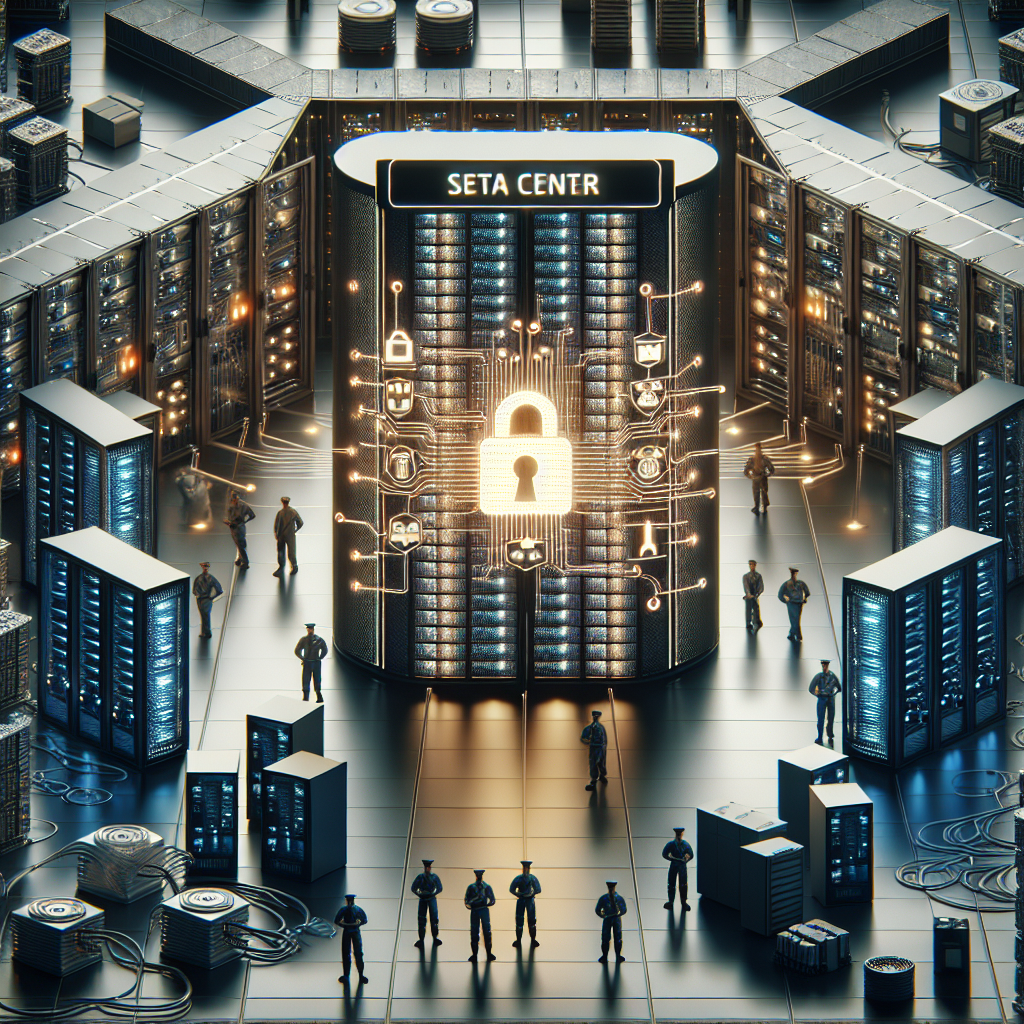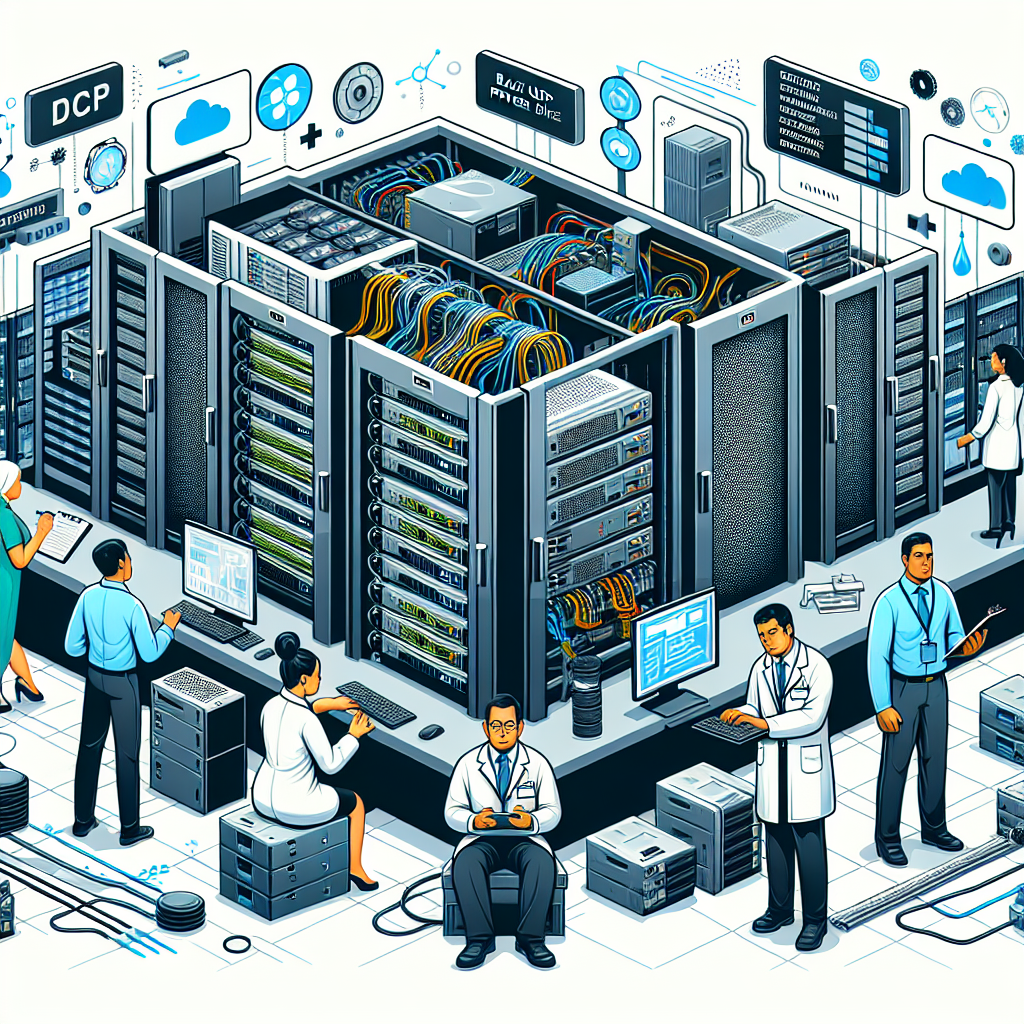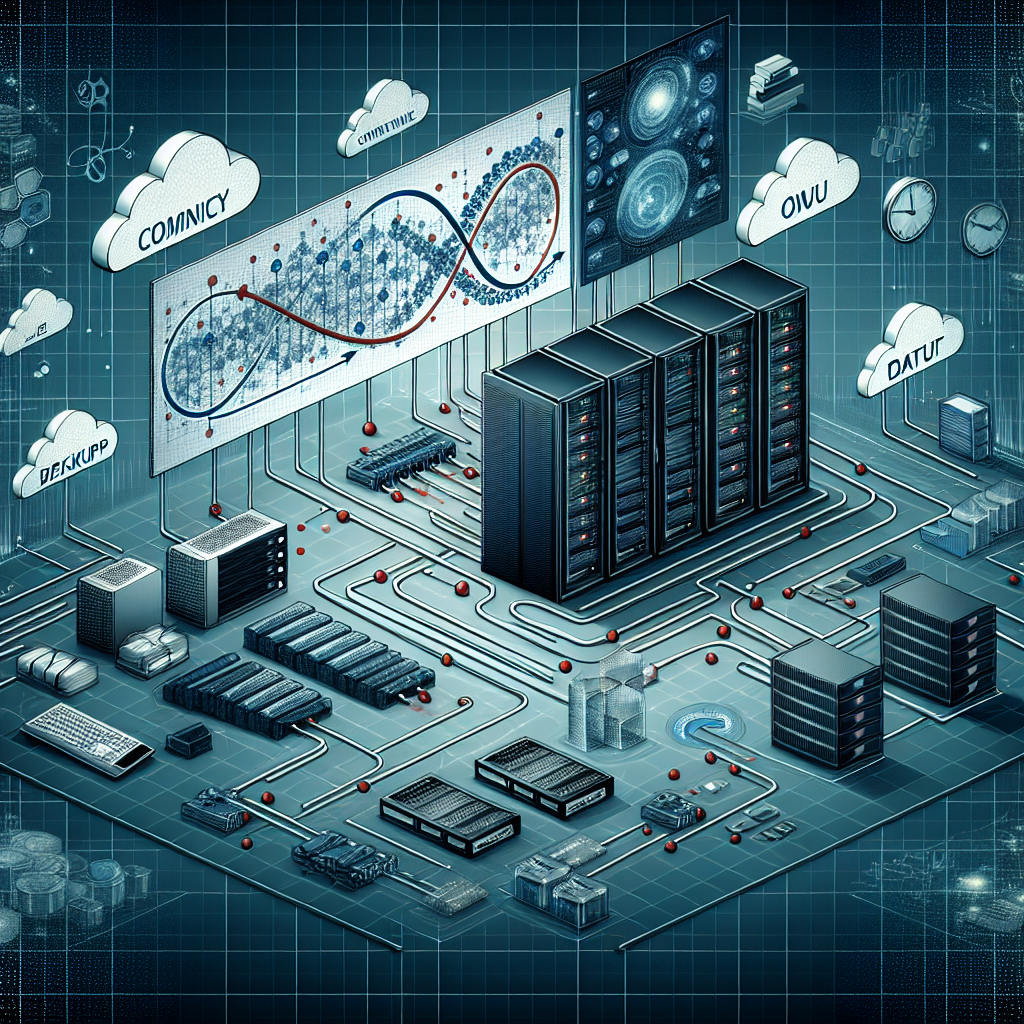In today’s fast-paced digital world, data centers play a crucial role in the functioning of businesses of all sizes. These facilities house servers, networking equipment, and storage systems that store and process vast amounts of data critical to the operation of companies. However, data centers are not immune to unexpected challenges that can disrupt operations and jeopardize business continuity.
Navigating unexpected challenges in data centers requires a proactive approach and a well-thought-out strategy to ensure that critical services remain operational. From power outages and equipment failures to natural disasters and cyber-attacks, data center managers must be prepared for any eventuality to minimize downtime and mitigate potential risks.
One of the key challenges faced by data centers is power outages. A loss of power can have a significant impact on the operation of data centers, leading to data loss, hardware damage, and service disruptions. To address this challenge, data center managers should implement redundant power systems, such as backup generators and uninterruptible power supplies (UPS), to ensure continuous power supply in the event of an outage.
Equipment failures are another common challenge in data centers. Hardware malfunctions, network issues, and software bugs can all cause disruptions in data center operations. To mitigate the impact of equipment failures, data center managers should regularly monitor and maintain hardware and software systems, implement redundancy and failover mechanisms, and have a comprehensive troubleshooting and recovery plan in place.
Natural disasters, such as earthquakes, hurricanes, and floods, pose a significant threat to data center operations. To protect against these risks, data center managers should implement physical security measures, such as reinforced buildings and disaster-resistant infrastructure, and establish offsite backup and recovery systems to ensure data integrity and availability in the event of a disaster.
Cyber-attacks are also a major concern for data centers, as hackers and malicious actors continue to target sensitive data and critical infrastructure. To safeguard against cyber threats, data center managers should implement robust security measures, such as firewalls, intrusion detection systems, and encryption protocols, to protect data and prevent unauthorized access.
In conclusion, navigating unexpected challenges in data centers requires a comprehensive and proactive approach to maintain business continuity. By implementing redundant systems, monitoring and maintaining equipment, preparing for natural disasters, and enhancing cybersecurity measures, data center managers can ensure the uninterrupted operation of critical services and safeguard the integrity of data. With careful planning and strategic investments, businesses can successfully navigate unexpected challenges and continue to thrive in today’s digital landscape.










